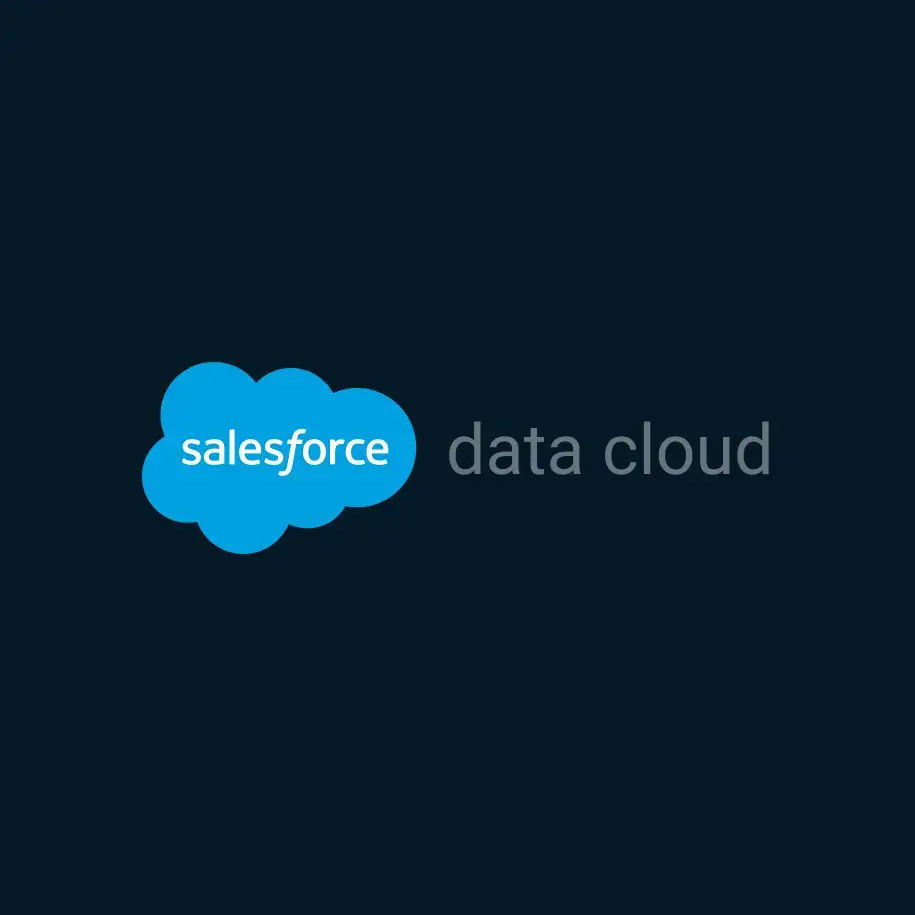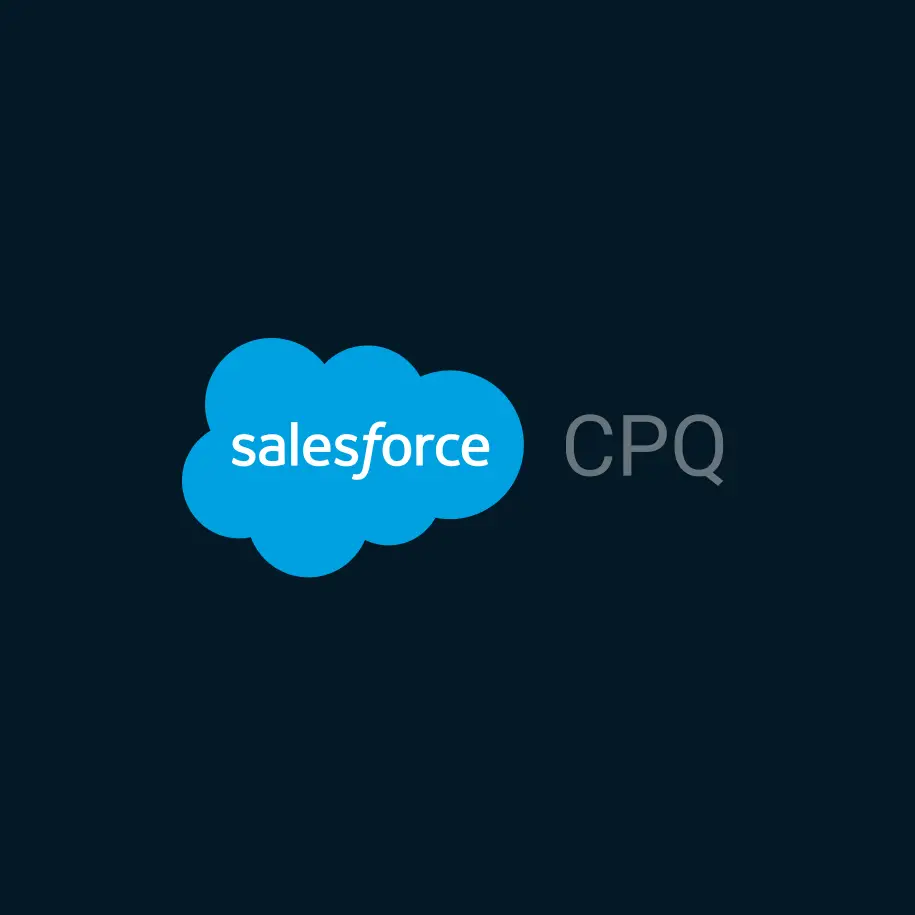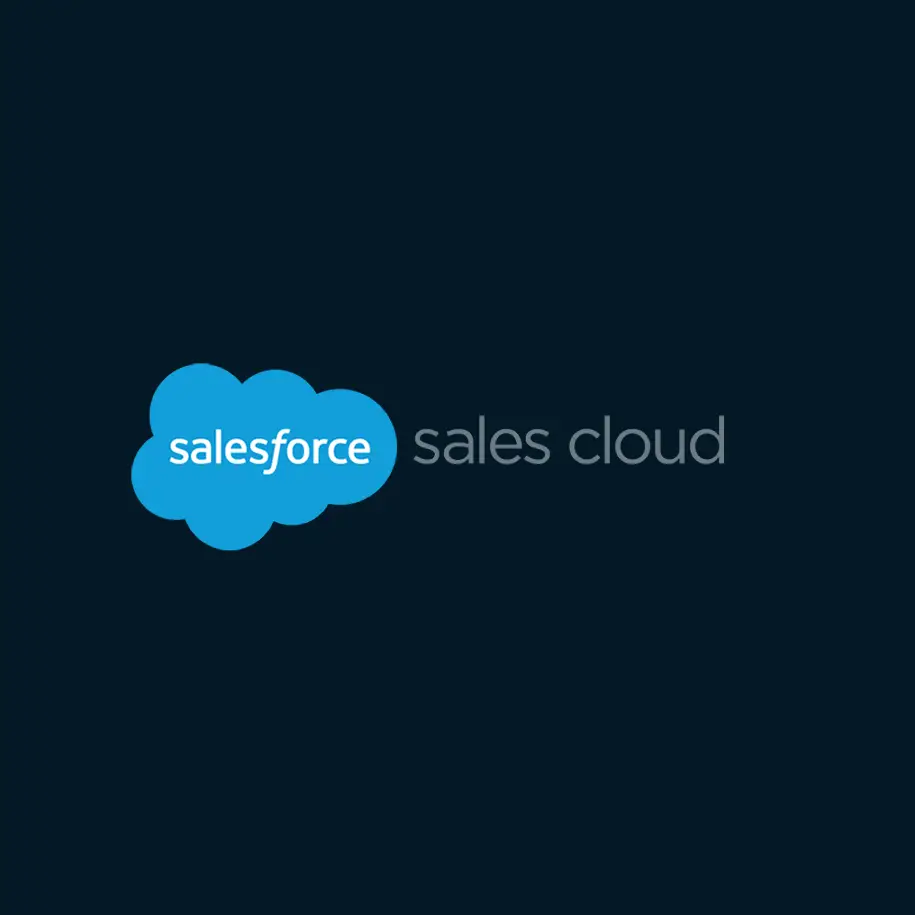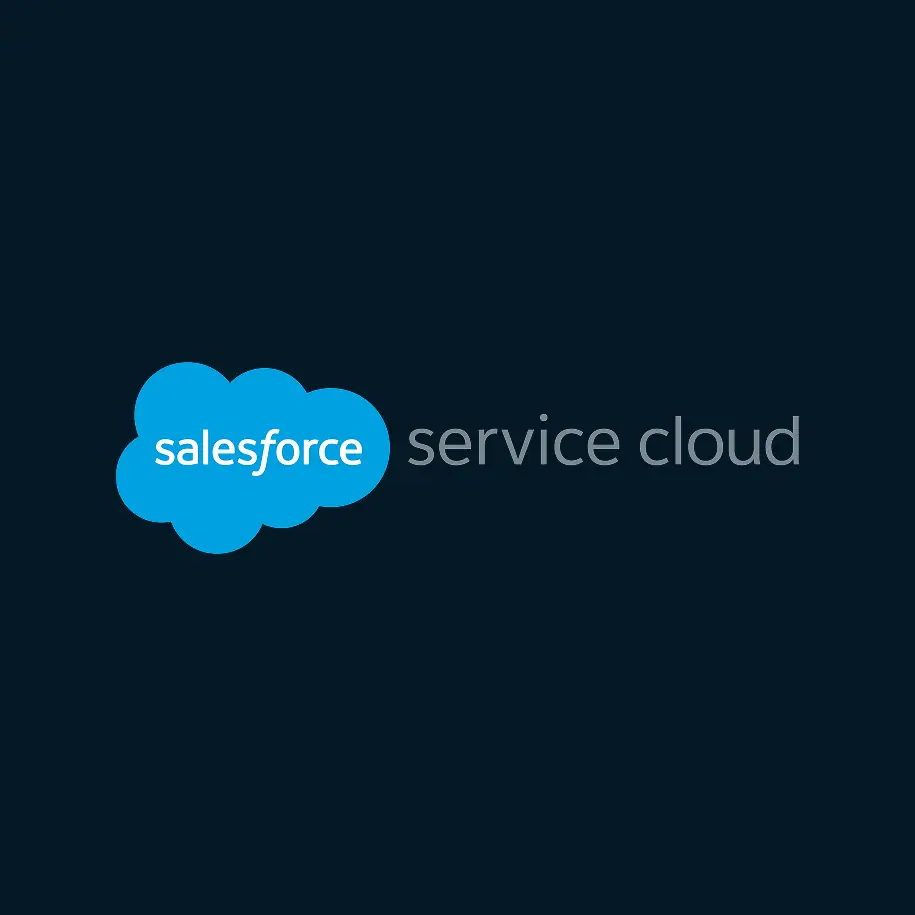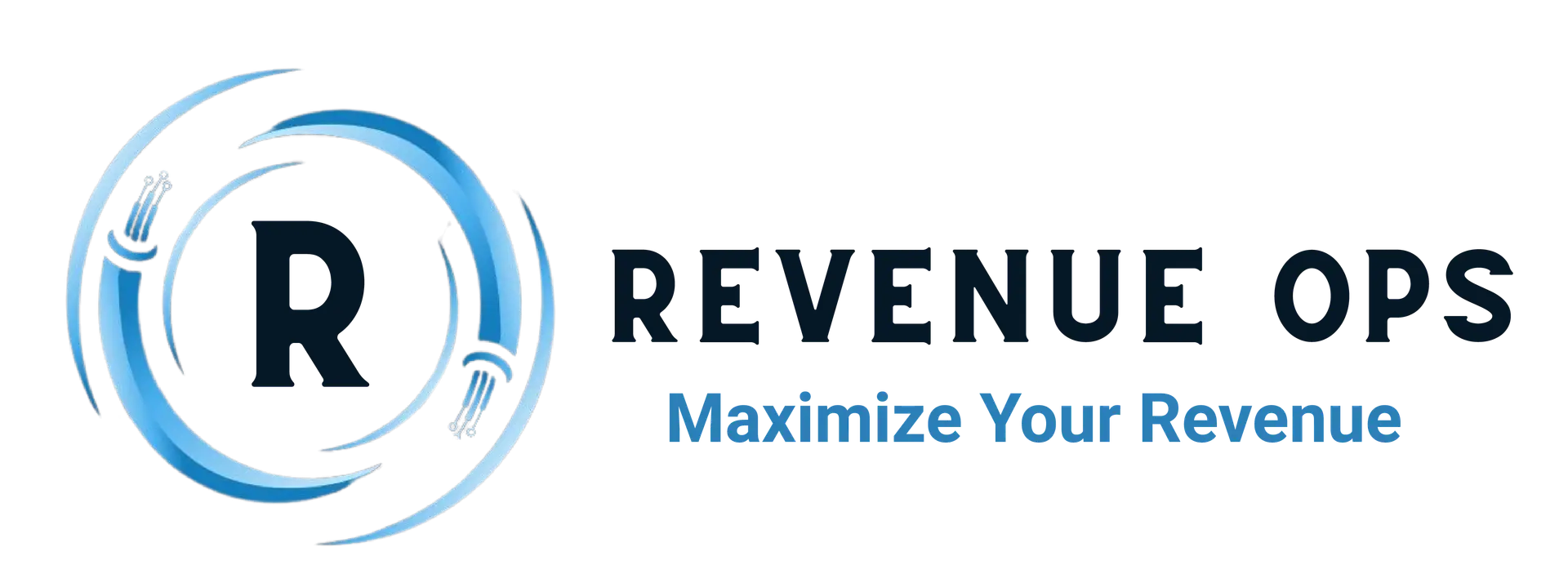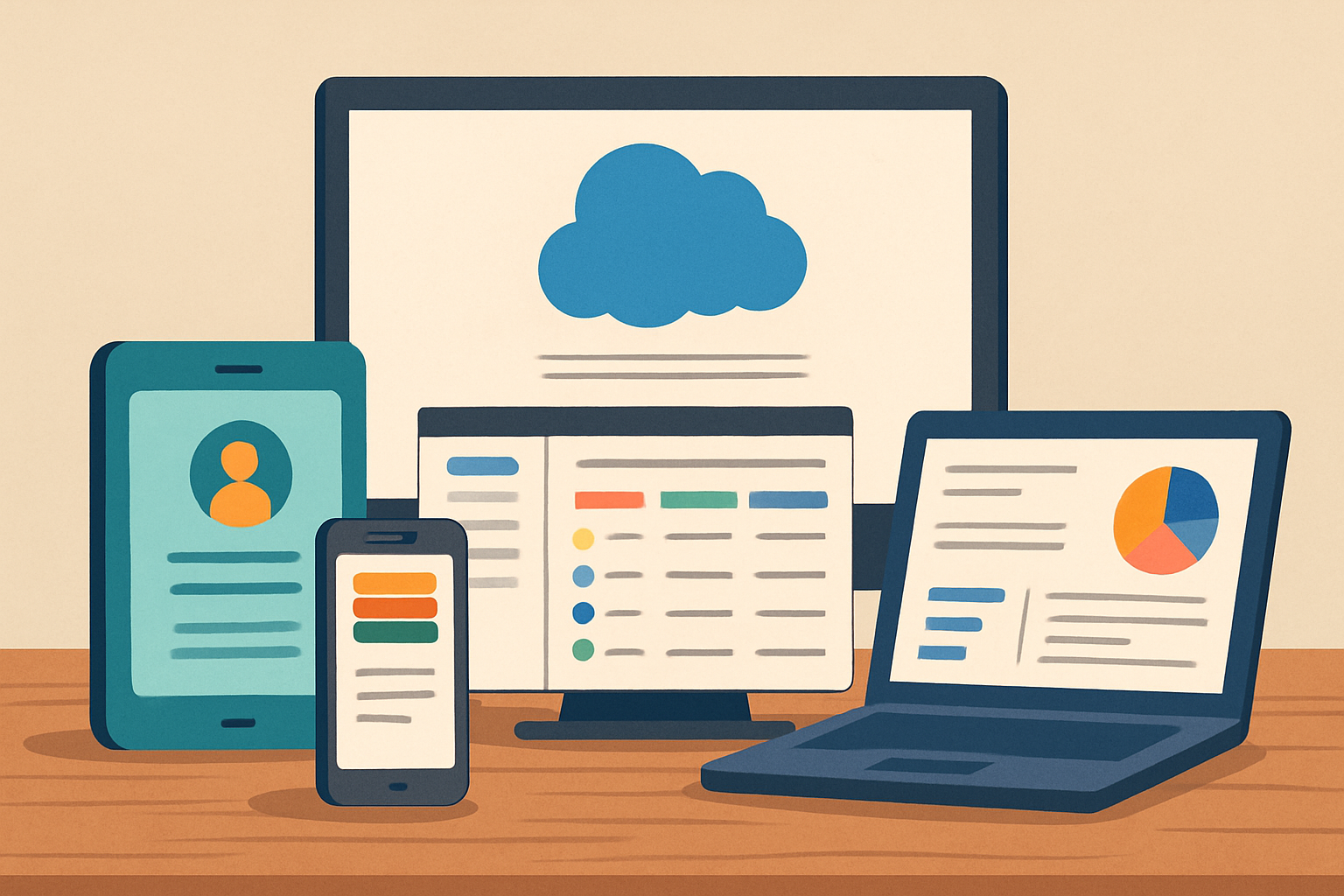
How to Track Activities and Tasks Effectively in Salesforce
Most revenue teams don’t lack data in Salesforce. They lack useful data.
You know the pattern: untouched leads, opportunities with no next steps, and accounts where the “Last Activity” field might as well say “no idea.” Underneath that is almost always the same problem: activities aren’t being tracked in a consistent, intentional way.
For revenue operations professionals, activity tracking is where your process meets reality. Tasks, calls, emails, and meetings show you what’s actually happening with prospects and customers — not just what’s written in a playbook or a slide.
This article walks through a practical way to track activities and tasks in Salesforce so:
- Reps find it easy to log what they’re doing
- Managers get a clear view of deal health
- RevOps gets data they can actually trust
What Salesforce Means by “Activities”
Salesforce bundles a few things together as Activities:
- Tasks – to-dos, follow-ups, reminders
- Events – meetings and calendar appointments
- Logged calls and emails – usually stored as completed tasks and visible in the Activity Timeline
In Lightning, the Activity Timeline pulls these into one place so you can see:
- Open tasks
- Past interactions
- What’s scheduled next
A simple mindset shift helps:
If it’s a meaningful prospect or customer touch and it’s not in Salesforce, as far as reporting is concerned, it didn’t happen.
That’s blunt, but it’s how you protect the integrity of your funnel and forecast.
Step 1: Set Clear Activity Rules Before You Change Anything
Before you start editing page layouts or adding picklist values, decide on your rules.
Decide what absolutely must be logged
Get sales, marketing, and customer success aligned on the interactions that always need to be captured:
- First real conversation with a new lead
- Discovery calls and demos
- Key meetings that move an opportunity to a new stage
- Renewal and expansion calls
- At-risk or “save” conversations with existing customers
These are the moments that drive revenue and retention. Treat them as non-negotiable.
Standardize your activity types
If your activity Type field is a free-for-all, your reporting will be a mess. Define a short, clear picklist, for example:
- Discovery Call
- Demo
- Pricing / Commercial Review
- Technical Validation
- Renewal Call
- QBR / EBR
Then pair it with a simple subject format such as:
[Type] – [Company] – [Topic]
Example:Discovery – ACME – Workflow automation
That small bit of structure makes pipeline reviews and dashboards much more meaningful.
Be explicit about where to log activities
This is a frequent source of confusion:
- Early outreach and qualification → Lead
- In-cycle deal work → Opportunity
- Post-sale conversations → Account and/or Case, depending on your model
Write these rules down and include examples. Reference them in onboarding, playbooks, and QBRs.
Step 2: Make Activity Logging the Path of Least Resistance
Reps won’t log activities just because it’s “important.” They’ll log them if it’s fast and painless.
Put the Activity Timeline where people actually work
In Lightning App Builder, make sure the Activity component is prominent on:
- Lead
- Contact
- Account
- Opportunity
Users should quickly see:
- Open tasks
- Past activities
- Buttons for New Task, Log a Call, New Event, Send Email
If the Activity Timeline is buried at the bottom of the page or missing entirely, you’re asking for trouble.
Simplify layouts and quick actions
Look at your Task and Event layouts and ask: “What genuinely needs to be here?”
Focus on:
- Type (required)
- Related To (Opportunity, Account, etc.)
- Name (Lead/Contact)
- Due Date (for open tasks)
- Outcome / Next Step (for completed items)
Then create Global Actions like:
- “Log Discovery Call” – pre-fill Type and a Subject prefix
- “Schedule QBR” – pre-fill Type, maybe default to a key record type
The goal: logging a critical activity should take seconds, not minutes.
Step 3: Make Calls, Emails, and Meetings Easy to Capture
Once your foundation is there, tackle the main activity channels.
Use “Log a Call” as a quick capture, not a chore
Log a Call should feel like a quick summary, not a full essay. The ideal flow:
- Click Log a Call
- Choose Type
- Write one or two sentences on what happened
- Capture the next step
- Save and move on
If that takes any longer, your layout probably needs tightening.
Integrate email thoughtfully
If you’re using Outlook or Gmail integrations, or Einstein Activity Capture, configure them so that emails:
- Attach to the right Lead, Contact, Account, or Opportunity
- Show up in the Activity Timeline
- Don’t create duplicate noise
Automation is great for completeness, but you still want reps to summarize key moments. When an email exchange results in a commitment, a disqualification, or new stakeholders, a short note or follow-up task goes a long way.
Treat meetings as valuable data
Meetings shouldn’t live only on personal calendars. For Events, encourage teams to:
- Relate them to the correct Opportunity, Account, or Contact
- Set a relevant Type
- Capture a short outcome (“Confirmed budget,” “Not a fit,” “Moved to pilot,” etc.)
That’s how you get to questions like: “How many customer meetings do we actually need before we win an enterprise deal?” instead of just speculating.
Step 4: Use Activity Data to Run a Smarter Revenue Engine
Well-tracked activities aren’t just “nice to have” — they become a core input for RevOps.
Check coverage and touch patterns
Build reports and dashboards that show:
- Touches per week for active opportunities, broken down by segment or owner
- High-value accounts with no activity in the last 30 days
- Average “days since last activity” by stage
This surfaces neglected deals, overloaded reps, and segments where engagement is clearly too light.
Measure process and SLA adherence
Tie activities to specific expectations, such as:
- SDR logs a discovery call within X days of MQL creation
- AE logs certain activities per stage before moving an opportunity forward
- CSM logs renewal outreach at defined intervals
Now you’re not just trusting that the process is being followed — you can see it and coach to it.
Use notes for qualitative insight
Every so often, read the actual notes:
- Highlight strong examples in training (“this is a great discovery summary”)
- Bring notes into deal and account reviews for more context
- Compare how top performers document calls versus the rest of the team
The combination of structured data (Type, date, stage) and good notes is extremely powerful.
Step 5: Keep It Governed and Alive
Activity tracking isn’t a one-time cleanup. It’s an ongoing habit you build as a company.
- Onboarding: Teach new hires exactly how your org logs activities, with screenshots and real examples.
- Health checks: Monthly or quarterly, run reports for missing Types, orphaned tasks, and old “last activity” dates on key accounts and opportunities.
- Leadership updates: Show how better tracking has improved forecast accuracy, put real numbers behind coverage, or surfaced renewal risk earlier.
When leaders see the value, they’re much more willing to support you on standards and enforcement.



